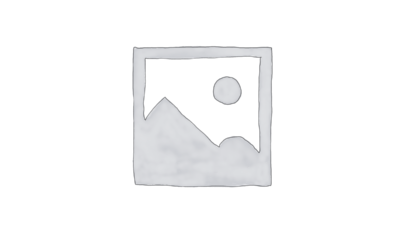Description
Pearl millet (Cenchrus americanus, commonly known as the synonym Pennisetum glaucum) is the most widely grown type of millet. It has been grown in Africa and the Indian subcontinent since prehistoric times.
India is the largest producer of pearl millet. India began growing millet before c. 3300 BCE.[6] It is currently unknown how it made its way to India.[6] Rajasthan is the highest-producing state in India.
Kambu is the Tamil name of pearl millet and is an important food across the Indian state of Tamil Nadu. It is the second important food for Tamil people consumed predominantly in the hot humid summer months from February through July every year. It is made into a gruel and consumed along with buttermilk or consumed as dosa or idly.
Africa
The second largest producer of pearl millet and the first to start cultivation, Africa has been successful in bringing back this lost crop.
Sahel
Pearl millet is an important food across the Sahel region of Africa. It is a main staple (along with sorghum) in a large region of northern Nigeria, Niger, Mali and Burkina Faso. In Nigeria it is usually grown as an intercrop with sorghum and cowpea, the different growth habits, growth period and drought vulnerability of the three crops maximising total productivity and minimising the risk of total crop failure. It is often ground into a flour, rolled into large balls, parboiled, liquefied into a watery paste using fermented milk, and then consumed as a beverage. This beverage, called “fura” in Hausa, is a popular drink in northern Nigeria and southern Niger. Pearl millet is a food widely used in Borno state and its surrounding states, it is the most widely grown and harvested crop. There are many products that are obtained from the processing of the crop.
Namibia
In Namibia, pearl millet is locally known as “mahangu” and is grown mainly in the north of that country, where it is the staple food. In the dry, unpredictable climate of this area it grows better than alternatives such as maize.
Mahangu is usually made into a porridge called “oshifima” (or “oshithima”), or fermented to make a drink called “ontaku” or “oshikundu”.
Traditionally the mahangu is pounded with heavy pieces of wood in a ‘pounding area’. The floor of the pounding area is covered with a concrete-like coating made from the material of termite mounds. As a result, some sand and grit gets into the pounded mahangu, so products like oshifima are usually swallowed without chewing.


Reviews
There are no reviews yet.